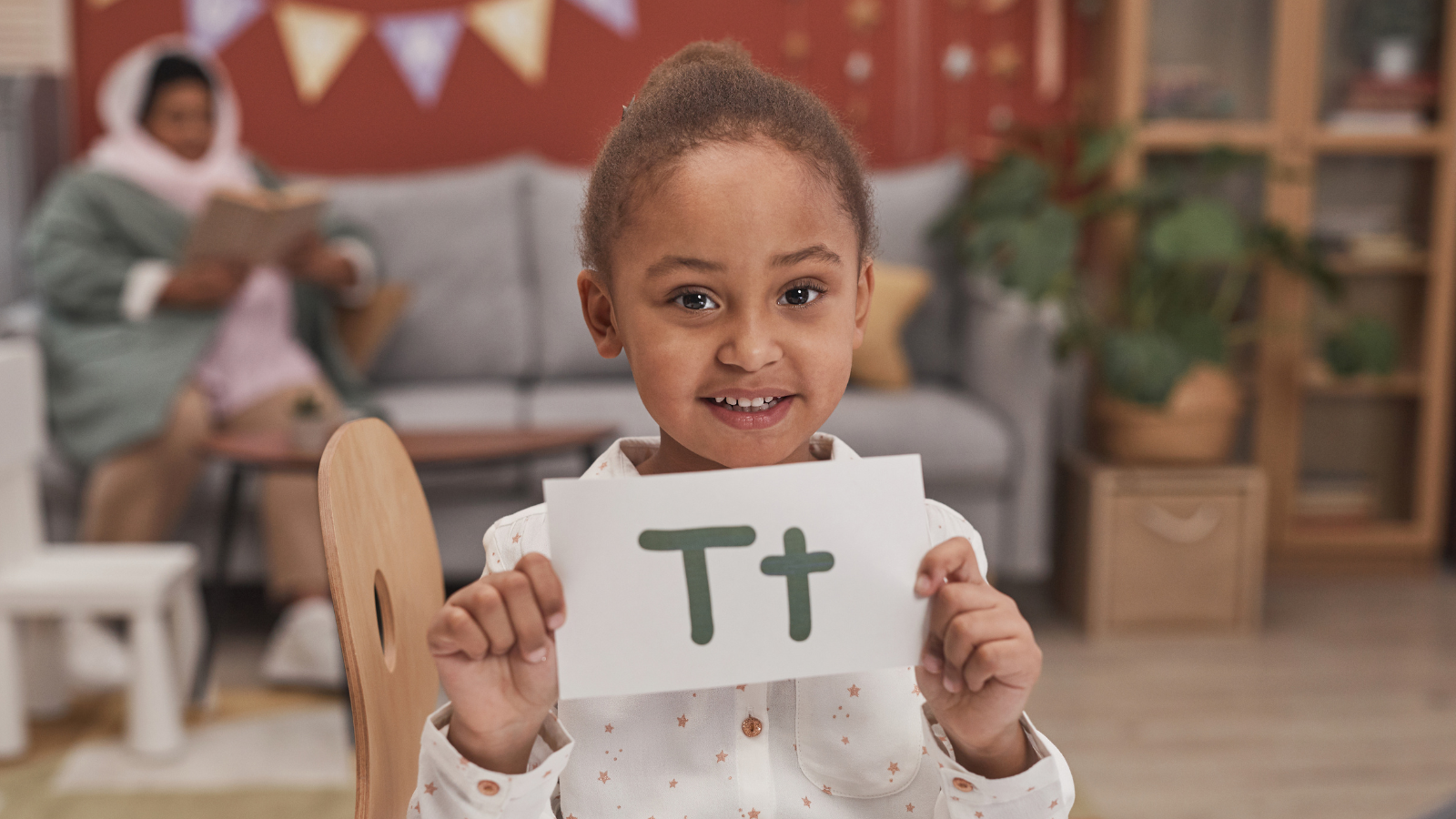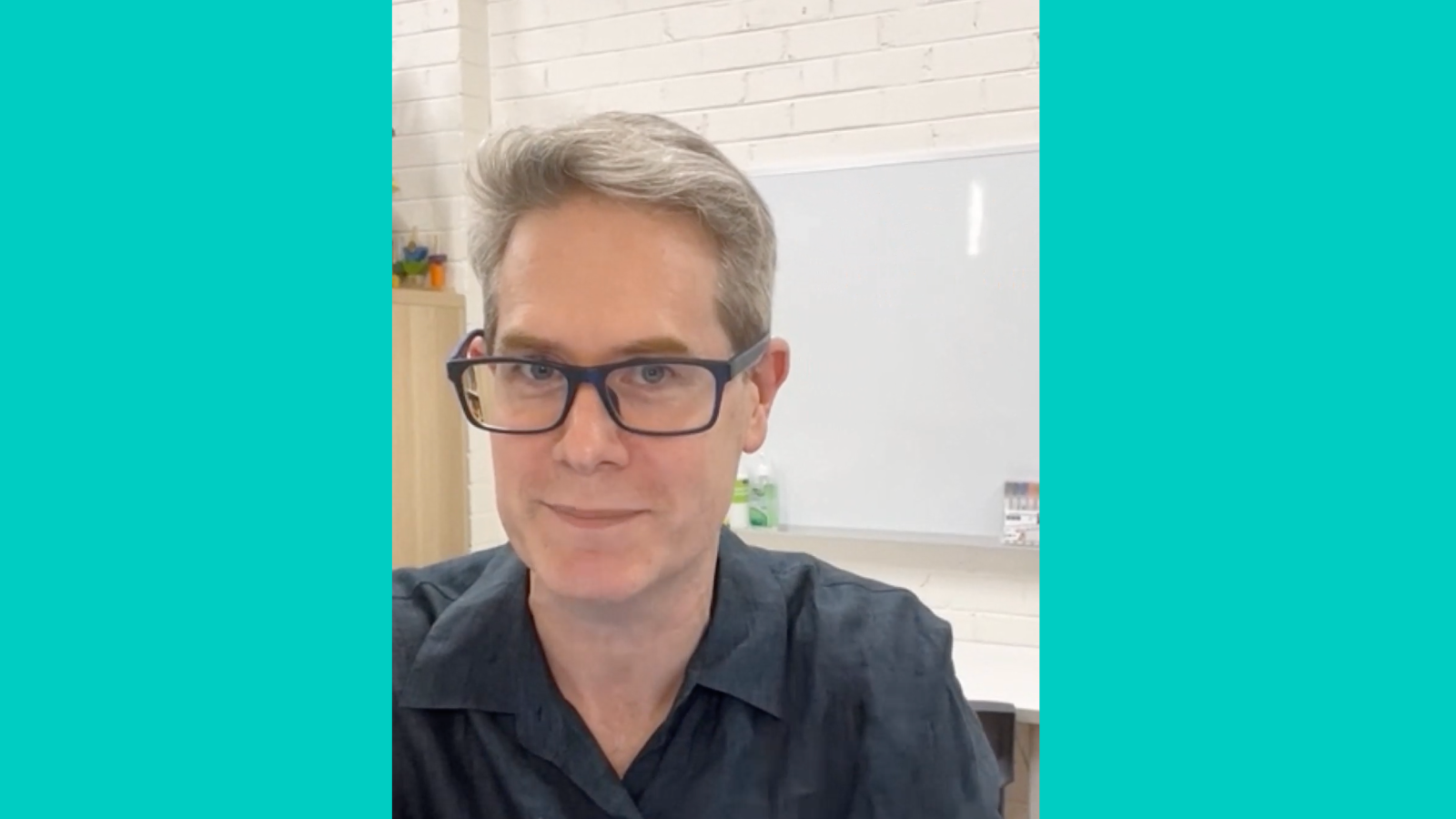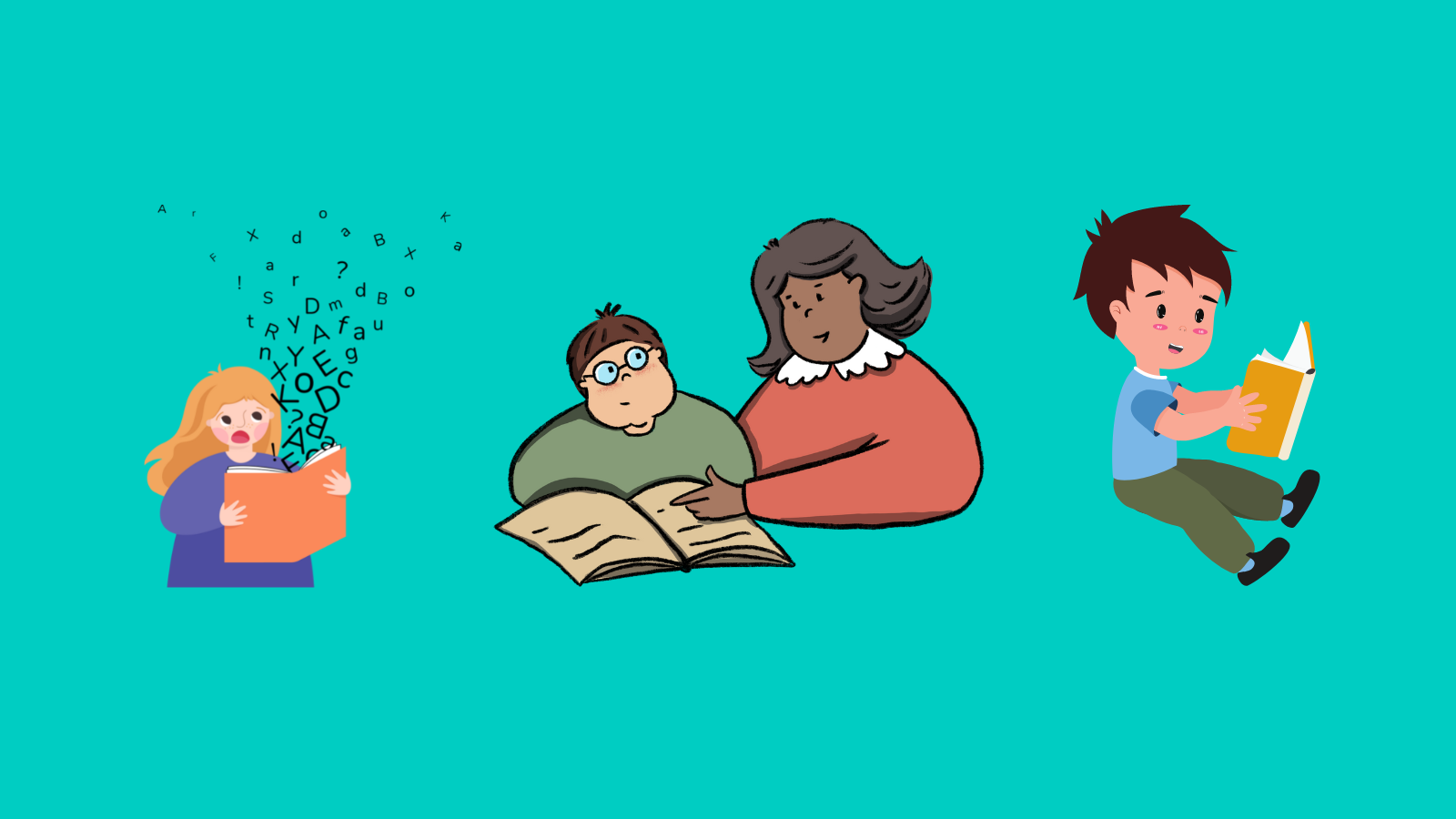Important update: In what order and at what age should my child learn to say his/her consonants? FAQs
1. Great news!
When I first wrote about this in 2014, I had to hem and haw. I had to hedge my bets because the evidence – frankly – was all over the place!
Now I’m thrilled to be able to share an evidence-based set of answers, thanks to a fantastic review of consonant acquisition in 27 languages carried out by Drs Sharynne McLeod and Kathryn Crowe published in late 2018 (see full citation and links below).
2. Even better news! Wonderful free “knowledge translation” resources for the public developed by the researchers themselves
Usually, I have to wade through pages and pages of dry academic writing and then spend hours trying to extract practical tips for my clients and regular readers of this blog. Not this time: the researchers have done all the hard work for us by preparing simple posters summarising their key findings for us all. Here they are:
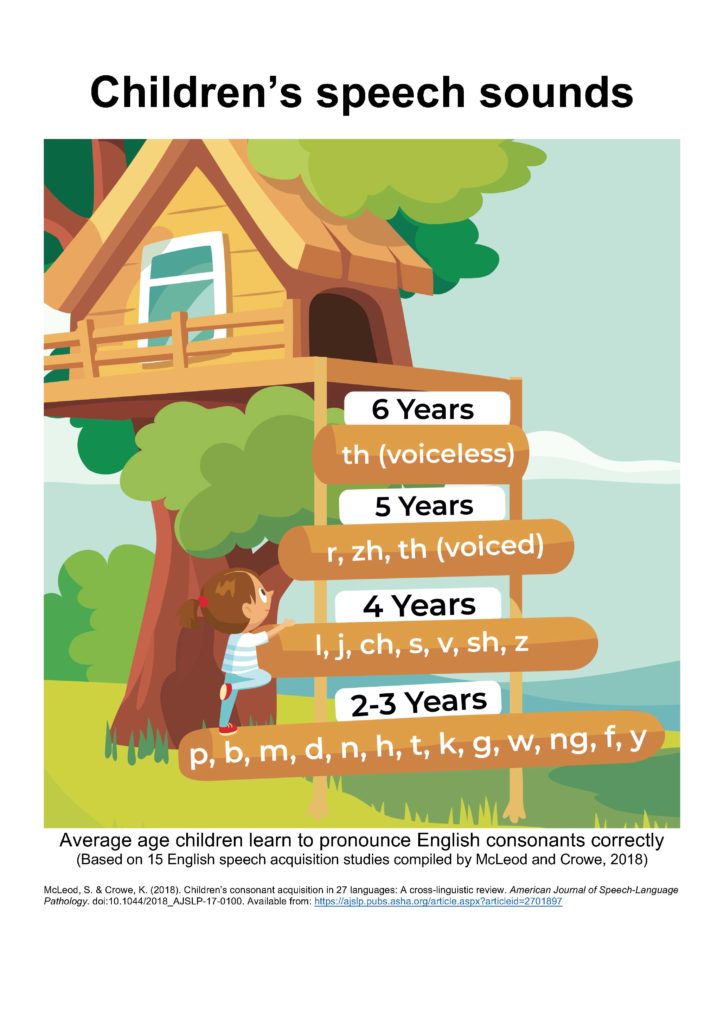
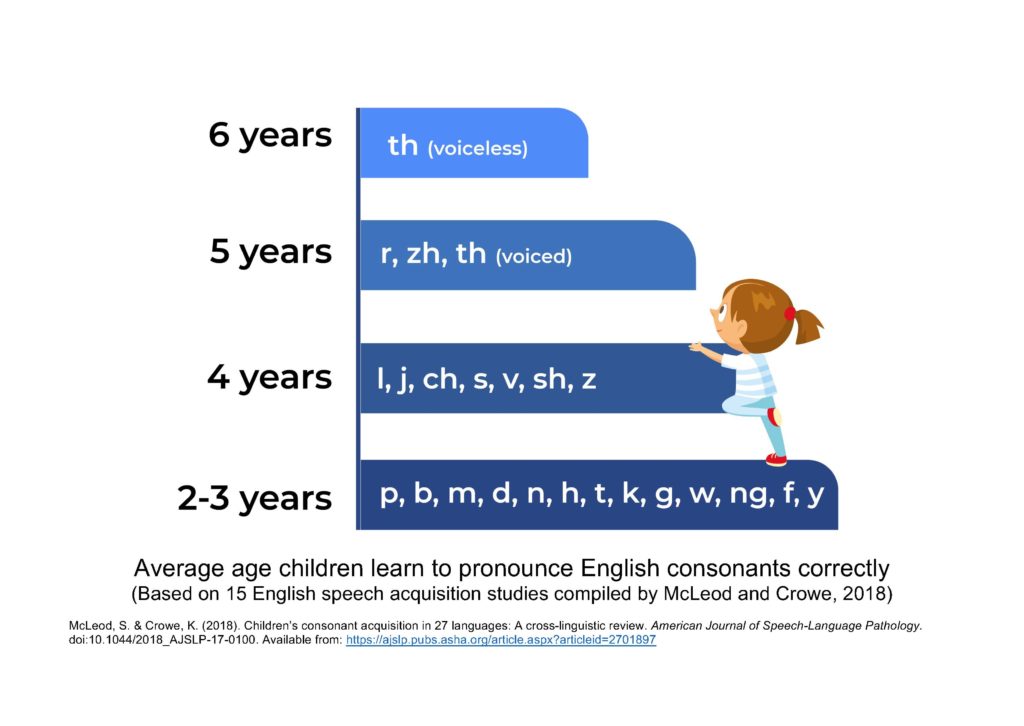
Aren’t they pretty? And wouldn’t it be great for everyone if all academics did this? (Hint, hint academic friends reading this!)
3. How is this new research changing our clinical practice?
In increments!
It’s always important to consider clinical changes based on important new evidence. But it’s also important not to over-react or to ‘throw the baby out with the bath water’, simply because we have a new study. We all stand on the shoulders of leading researchers, and McLeod and Crowe’s review is – by it’s very nature – an attempt to synthesise some of the great studies that have been published to date.
(a) Important, but not revolutionary
Way back in 1978, Kilminster and Laird reported that 75% of children they tested acquired:
- /m, n, w, b, p, g, k, h, y, d/ and /t/ by 3 years of age;
- /s, z, l/ ,’sh’, /f, h/ and ‘ch’ by 4 1/2 years of age; and
- /r, v/ and ‘th’ (voiced and voiceless), and blends of two sounds (e.g. tr, pl and sl) by 8 1/2 years of age.
You’ll note that they weren’t a mile away from McLeod and Crowe’s conclusions in 2018, although there are some important differences – notably the timing for the acquisition of /r, v/ and the ‘th’ sounds.
(b) Teaching old dogs new tricks – how we’re learning the new framework
Clinically, at Banter, we used to group English consonants into the three categories suggested by Dr Shriberg in 1993:
- the early eight: /m, b, y, n, w, d, p/ and /h/;
- the middle eight: /t/, ‘ng’, /k, g, f, v/, ‘ch’, and ‘j’; and
- the late eight: ‘sh’, ‘th’ (as in ‘bath’), ‘th’ (as in ‘bathe’), /s, z, l, r/ and ‘zh’ (as in ‘vision’).
Again, there is significant overlap between Shriberg’s framework and McLeod & Crowe’s study outcomes.
Clinically, it will be difficult to stop thinking in terms of the early, middle and late eight because it’s such a simple tool. But, to prove that we can move with the times, I’m now training myself and my team to use the revised framework, using a silly memory trick I developed, based on simple mnemonics. Here it is:
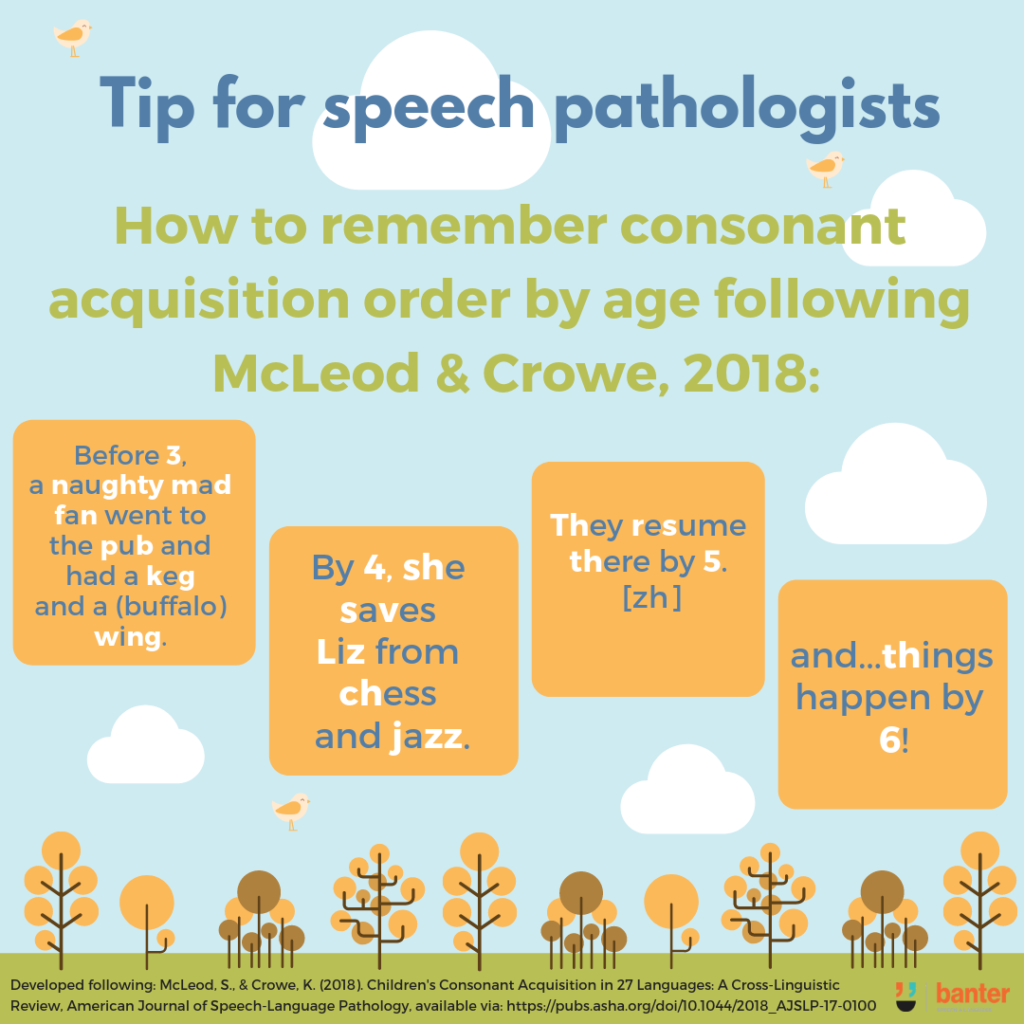
(c) From assessment to therapy targets – targeting some error patterns earlier
From an assessment and diagnostic point of view, we have used the norms underpinning one of our leading assessment tools, the Diagnostic Evaluation of Articulation and Phonology (Dodd and colleagues, 2002). In the sample used to norm this test, 75% of the children in the sample acquired:
- /p, b, t, d, k, g, m, n/ ‘ng’, /f, v, s, z/, ‘zh’ (as in ‘vision’), /h/, ‘ch’, ‘j’, /w, l/ and /y/, by 3 1/2 years of age;
- ‘sh’ by 3 years 11 months;
- ‘th’ (as in ‘bathe’) by 4 years 11 months;
- /r/ by 5 years 5 months; and
- ‘th’ (as in “bath”) by 6 years and 5 months.
Again, pretty consistent with McLeod & Crowe’s findings, with some differences.
One area in which the new research will inform our practice is deciding when to target phonological processes like the deaffrication of ‘ch’ and ‘j’, gliding of /l/ and /r/, and fricative simplification of voiced and unvoiced ‘th‘. McLeod & Crowe found that, by 5 years of age, children produced at least 93% of consonants correctly. In 1994, Gordon-Brannan reported that typically-developing children at 4 years old are intelligible in conversational speech with unfamiliar listeners. Together, these studies give us more confidence to target some phonological processes earlier – especially for clients at risk for ongoing speech, language and/or reading difficulties.
Clinical bottom line
This hasn’t changed. If you are worried about your child’s speech – particularly if it’s affecting his or her quality of life or you are worried about it – have a chat with your local speech pathologist.
Related articles:
- Lifting the lid on speech therapy: how we assess and treat children with unclear speech – and why
- My child’s speech is unclear to adults she doesn’t know. Is that normal for her age? (An important research update about child speech intelligibility norms)
- ‘He was such a good baby. Never made a sound!’ Late babbling as a red flag for potential speech-language delays
Principal source and article link:
- McLeod, S., & Crowe, K. (2018). Children’s Consonant Acquisition in 27 Languages: A Cross-Linguistic Review, American Journal of Speech-Language Pathology, 27, 1546-1571, via here.
- McLeod & Crowe’s Posters
- More information (from Charles Sturt University)
Image: https://tinyurl.com/y54zluns

Hi there, I’m David Kinnane.
Principal Speech Pathologist, Banter Speech & Language
Our talented team of certified practising speech pathologists provide unhurried, personalised and evidence-based speech pathology care to children and adults in the Inner West of Sydney and beyond, both in our clinic and via telehealth.






